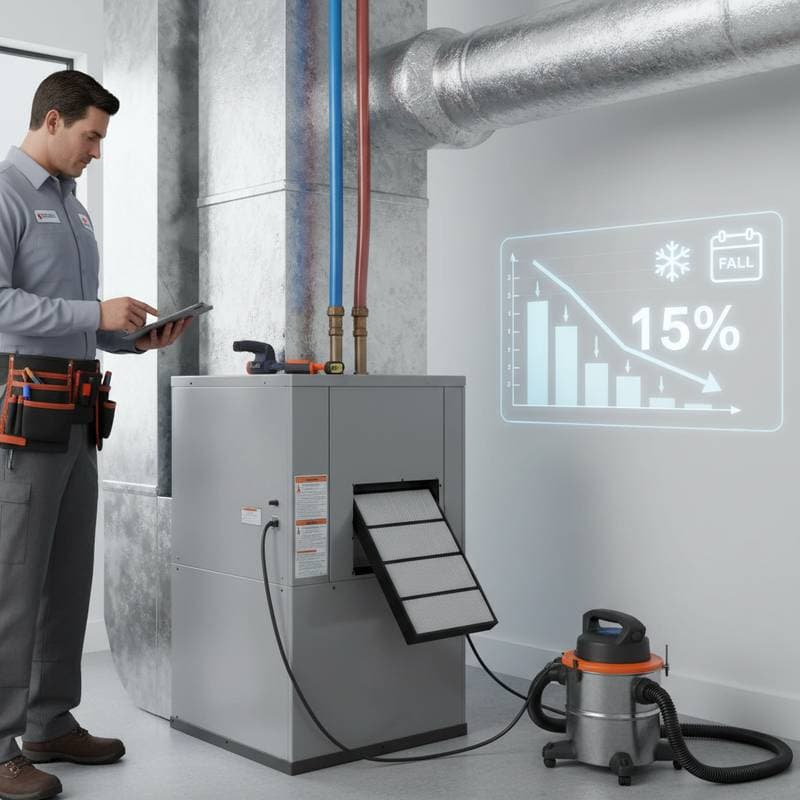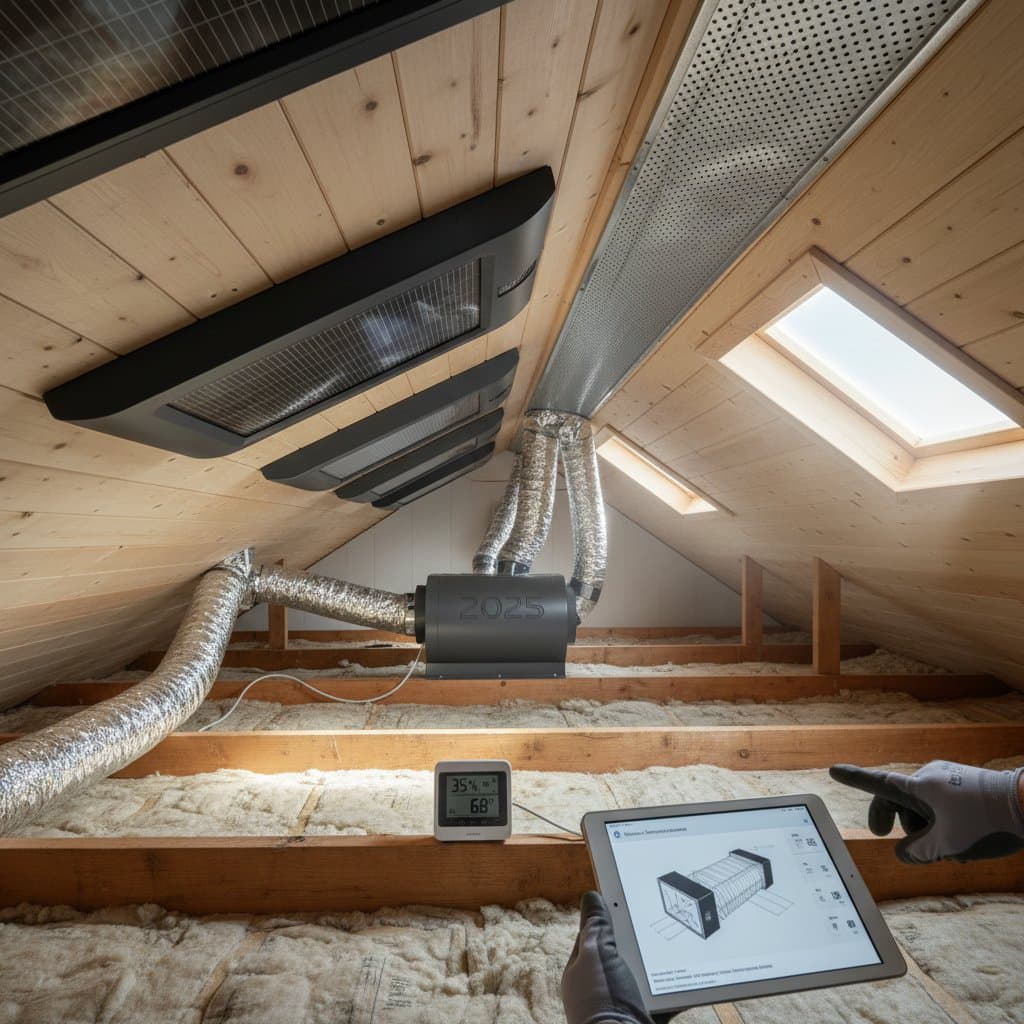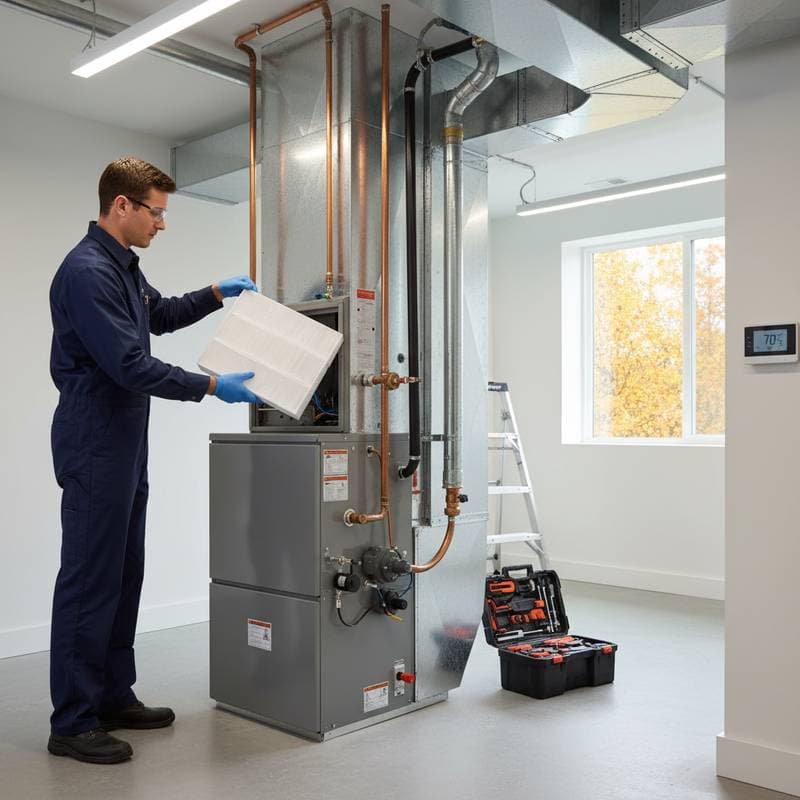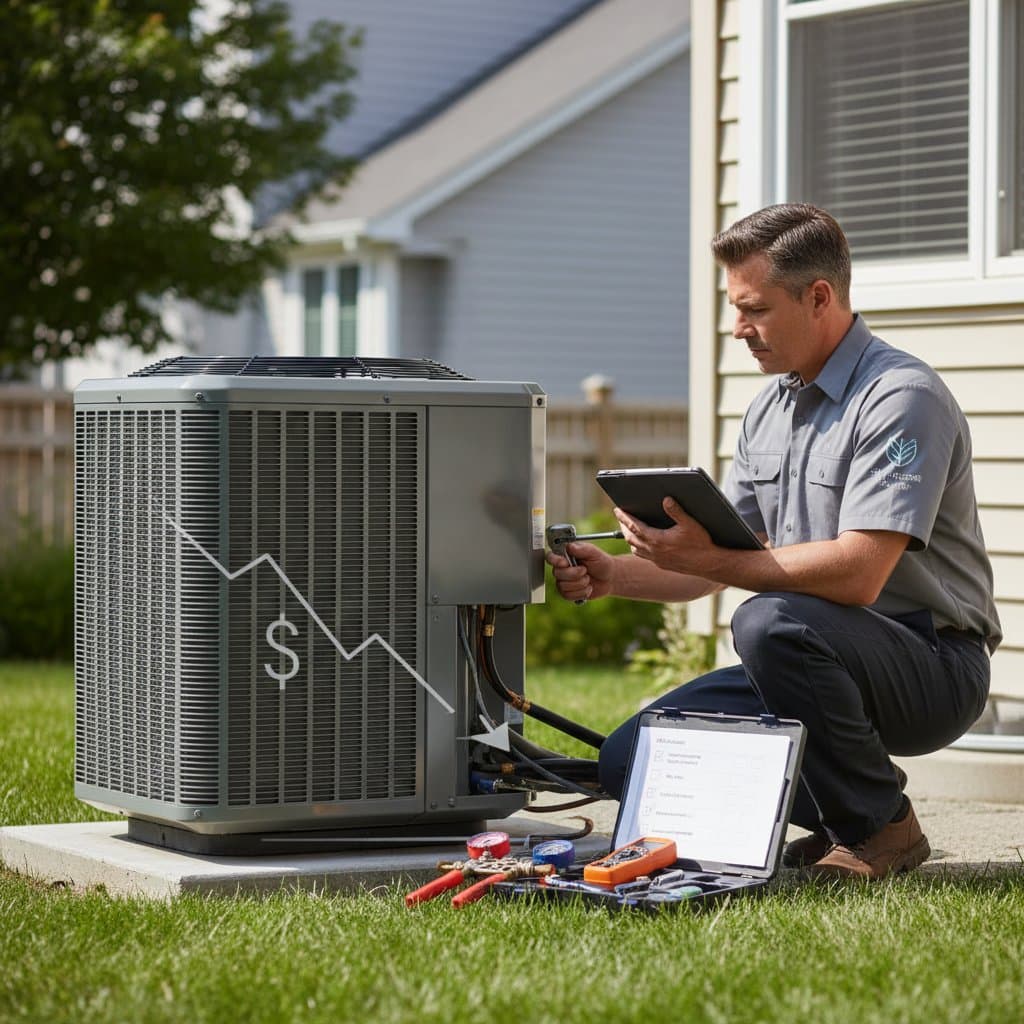Essential Fall HVAC Maintenance for Reliable Winter Warmth
As autumn arrives, preparing your heating system prevents discomfort and unexpected expenses during the coldest months. A proactive tune-up addresses wear from summer inactivity, ensuring your furnace or heat pump operates at peak efficiency. These steps, whether you perform them or hire a professional, minimize repair risks and maintain even temperatures throughout your home.
Why Fall Timing Matters for Heating Systems
Heating equipment sits idle through warmer months, accumulating dust and facing gradual component degradation. Activating it without preparation strains motors and reduces output. Industry experts note that timely maintenance boosts efficiency by as much as 15 percent, directly translating to lower utility statements.
Homeowners who prioritize this seasonal shift experience fewer disruptions and more uniform warmth. This strategy not only averts emergencies but also safeguards the system's overall durability.
Breaking Down Tune-Up Costs
Expect to pay between 80 and 200 dollars for a standard professional fall inspection, with the typical fee hovering at 120 dollars. Location plays a key role; city dwellers often face premiums above 200 dollars due to elevated labor expenses, whereas rural services trend lower.
Demand surges closer to winter, potentially inflating rates as providers juggle urgent requests. Book early to secure slots and better pricing. Broader economic pressures, including fluctuating fuel and part supplies, may also adjust final bills.
Common Pricing Approaches in HVAC Services
Providers structure fees around service depth. Hourly billing, at 75 to 150 dollars per hour, suits variable tasks, while flat rates offer certainty for routine checks and cleanings.
For extensive work like part replacements or control enhancements, charges shift to per-item or total-project bases. Annual contracts bundle heating and cooling visits for 150 to 400 dollars yearly, granting perks such as expedited access and discounted fixes.
Service Levels and Associated Fees
Basic packages cover filter changes, blower maintenance, and thermostat adjustments, suiting modern setups in dust-free spaces.
Standard tiers expand to electrical reviews, fuel line verifications, and ventilation assessments, priced from 120 to 180 dollars based on equipment specifics.
Premium options deliver comprehensive combustion testing, conduit evaluations, and performance fine-tuning, ranging 200 to 300 dollars and benefiting aging or intricate installations.
Custom services for specialized setups like underfloor heating or earth-coupled units demand expert handling and may surpass 400 dollars per session.
Factors Shaping Your Tune-Up Bill
Consider these elements when estimating expenses:
- Equipment scale and configuration. Expansive or segmented systems extend inspection durations.
- Technical demands. Fuel-based or combined units require advanced certifications.
- Service duration. Thorough cleanings or component accesses prolong the visit.
- Supplementary supplies. New filters, drives, or detectors contribute extra charges.
Access challenges, such as elevated or confined placements, further elevate labor time and fees.
Optional Enhancements and Extra Fees
Technicians frequently suggest complements during visits, particularly for overdue systems. Popular additions encompass:
- Duct sanitization, at 300 to 500 dollars scaled to residence dimensions, enhancing circulation and air purity.
- Control system modernizations, 150 to 400 dollars for intelligent variants that optimize usage patterns.
- Moisture adder setups, 200 to 500 dollars, preserving humidity to shield interiors from arid conditions.
- Rush handling premiums, adding 50 to 100 dollars for immediate needs amid high season.
Such investments typically yield tangible gains in usability and resource conservation.
Core Maintenance Steps for Fall Preparation
Swap or Refresh Air Filters
Clogged barriers impede circulation, forcing the heater to overexert. Install fresh disposables or rinse permanents monthly through the heating period. This basic action markedly sustains operational flow.
Verify Thermostat Functionality
Confirm the control unit accurately toggles modes and registers settings. Opt for automated or connected models to automate adjustments, curbing excess power draw while upholding steady climates.
Clear Vents and Outlets
Accumulated particles hinder heat spread. Use a vacuum on grilles and reposition items blocking paths. Even distribution avoids hot-cold imbalances in living areas.
Assess Blower and Drive Components
Examine drives for wear like splits or looseness, which generate racket and diminish output. Ensure the fan assembly rotates smoothly, free of odd noises or drag.
Validate Safety Mechanisms
Fuel-operated units rely on safeguards against leaks and faulty burns. Experts deploy testers to affirm detector and starter integrity.
Scrutinize the Combustion Chamber
Fractures here risk toxic emissions. Trained personnel conduct sight checks and sensor scans to guarantee secure function prior to full operation.
Apply Lubricants to Components
Treat engines, rotors, and supports to minimize wear and noise. This routine inclusion in inspections prolongs mechanical health.
Review Conduit Integrity
Leaky joints squander significant warmth. Apply sealants to mend breaches, boosting retention and room-wide consistency.
Realizing Savings Through Efficiency Gains
Expert servicing ensures steady output while trimming power needs. Federal guidelines indicate tuned setups save up to 10 percent on fuel compared to unkempt ones. In costly energy zones, these reductions recoup service fees swiftly.
Advanced features like adjustable drives or linked controls further extend service intervals. Tracking via digital tools allows early anomaly detection, sidestepping major overhauls.
Selecting a Dependable Technician
Quality matters as much as the work performed. Seek credentials from bodies like NATE alongside required permits. Request coverage details and peruse reviews to gauge reliability. Established firms back their efforts with warranties, easing seasonal worries.
Schedule Your Tune-Up Today
Initiate with filter updates, book an expert review, and tackle visible issues before heavy reliance begins. Consistent care upholds comfort, trims expenses, and upkeeps equipment worth. Proactive steps deliver secure, efficient warmth from season's start.





